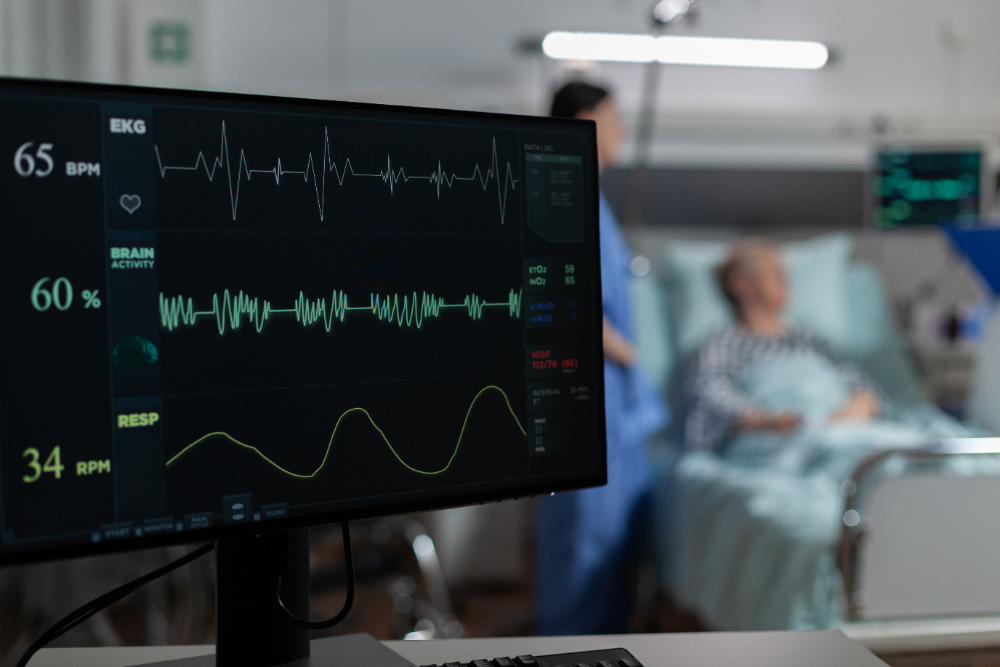
Echocardiography, commonly referred to as an “echo,” is a medical imaging technique that uses high-frequency sound waves (ultrasound) to create detailed images of the heart. It helps doctors assess the heart’s structure, function, and blood flow, providing vital information for diagnosing various heart conditions. An echo is a non-invasive, safe, and highly effective way to examine the heart in real-time.
During an echo test, a gel is applied to the chest, and a transducer (a device that emits sound waves) is placed on the skin. The transducer sends sound waves into the chest, which bounce off the heart and surrounding tissues. These sound waves are then converted into images by the machine. The resulting images show the heart’s chambers, valves, and blood vessels, as well as how the heart pumps blood, helping doctors identify abnormalities in heart function.
Echo is used to evaluate various aspects of heart health and diagnose a range of conditions, including:
Echo provides a comprehensive view of the heart’s health and function. It is particularly beneficial for diagnosing heart disease and monitoring existing heart conditions. This test is non-invasive, pain-free, and provides immediate results, making it a critical tool in cardiology. Regular echocardiograms can help detect heart problems early, leading to better management and treatment.
Echocardiography is considered a safe procedure with no known risks. It does not involve radiation, unlike other imaging tests like X-rays or CT scans, making it particularly suitable for repeated use, including in pregnant women.